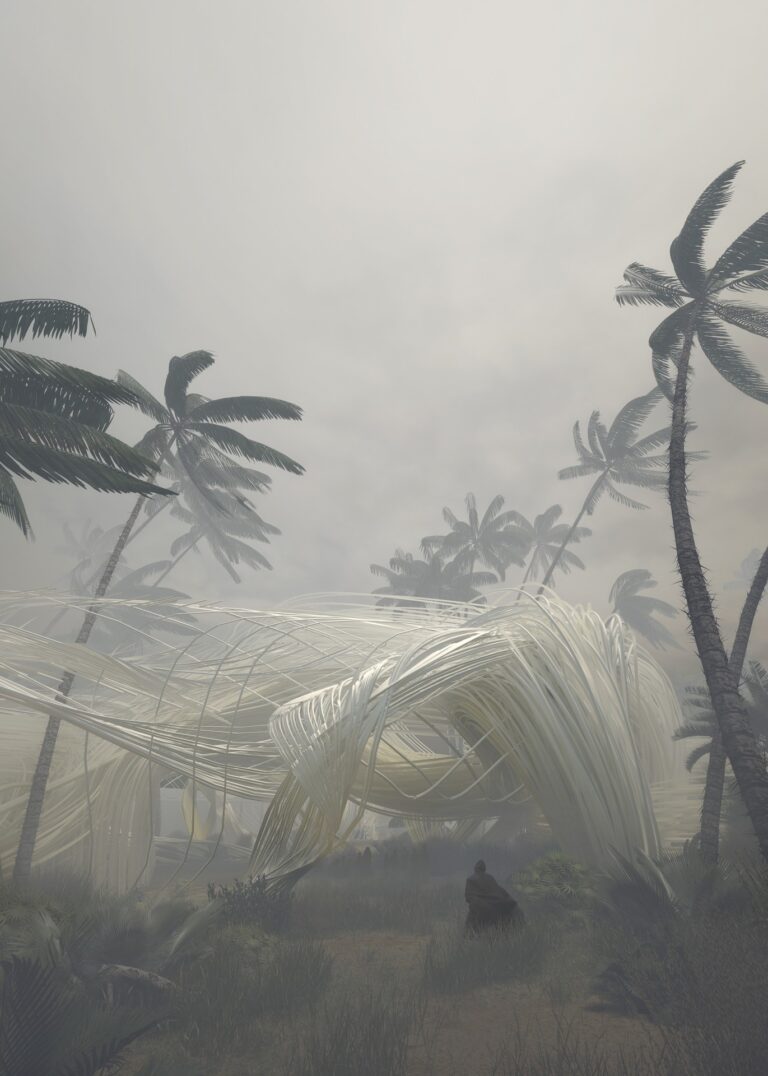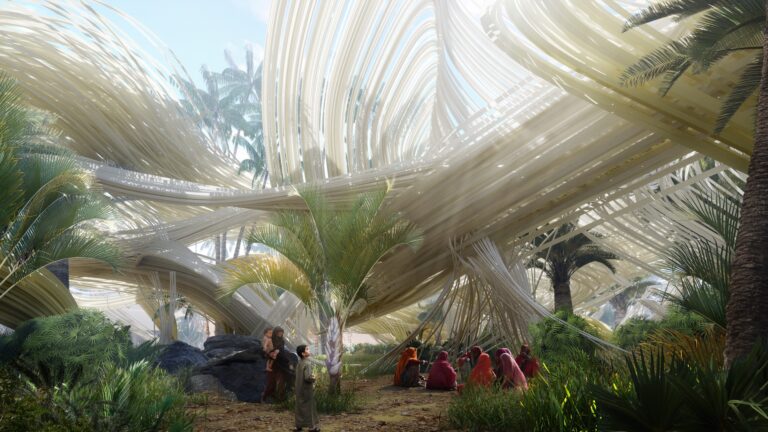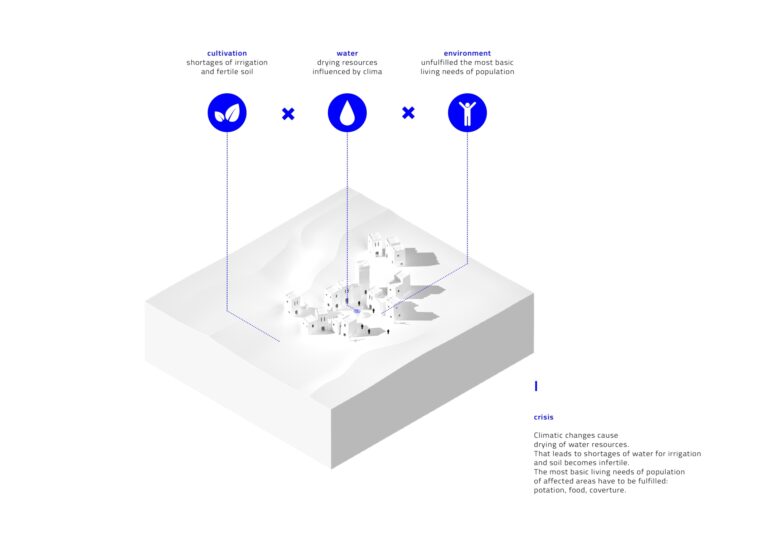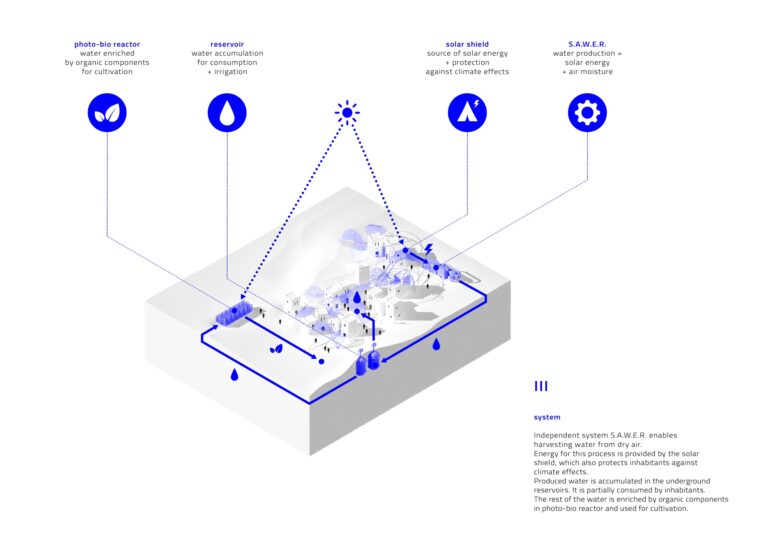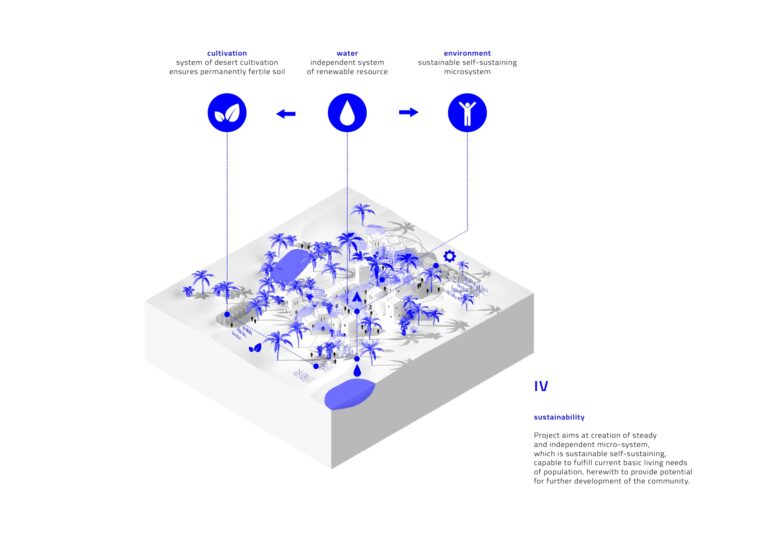Dune
The environmental vision of Dune is inspired by Frank Herbert’s 1965 science fiction novel of the same name. The planet where the story takes place consists of dunes, bare rocks and blowing dust. In these conditions, only the indigenous inhabitants survive because of the technologies that enable them to extract water from the environment. One such technology is wind traps, which draw moisture from the dry desert air.
In early October 2018, a UN report described the risks that the world faces if the planet’s climate continues to warm. One manifestation of global climate change will be the disruption of the precipitation cycle. This will result in water shortages in many parts of the planet, while other areas will be flooded by torrential rains. Where there is a shortage of water, the risk of conflict will increase – this has been the case throughout human evolution; water is an irreplaceable resource that humans cannot exist without.
We enter this context with the vision of using S.A.W.E.R. technology developed within the Czech Spring project. How this system operates is strikingly similar to the wind traps described above. However, it is a real technology with high transformational potential. Within the Dune concept, we propose to implement this technology in an urban-environmental system to re-colonize drying areas.
The system does not only function as a water source but is a complex set of solutions including the harvesting of water, cultivation of desert soil, tools for energy recovery and the technological-structural and logistic scheme of the process. A technological solution that was science fiction in the 1960s is now a reality.
project environmental vision concept 2019

